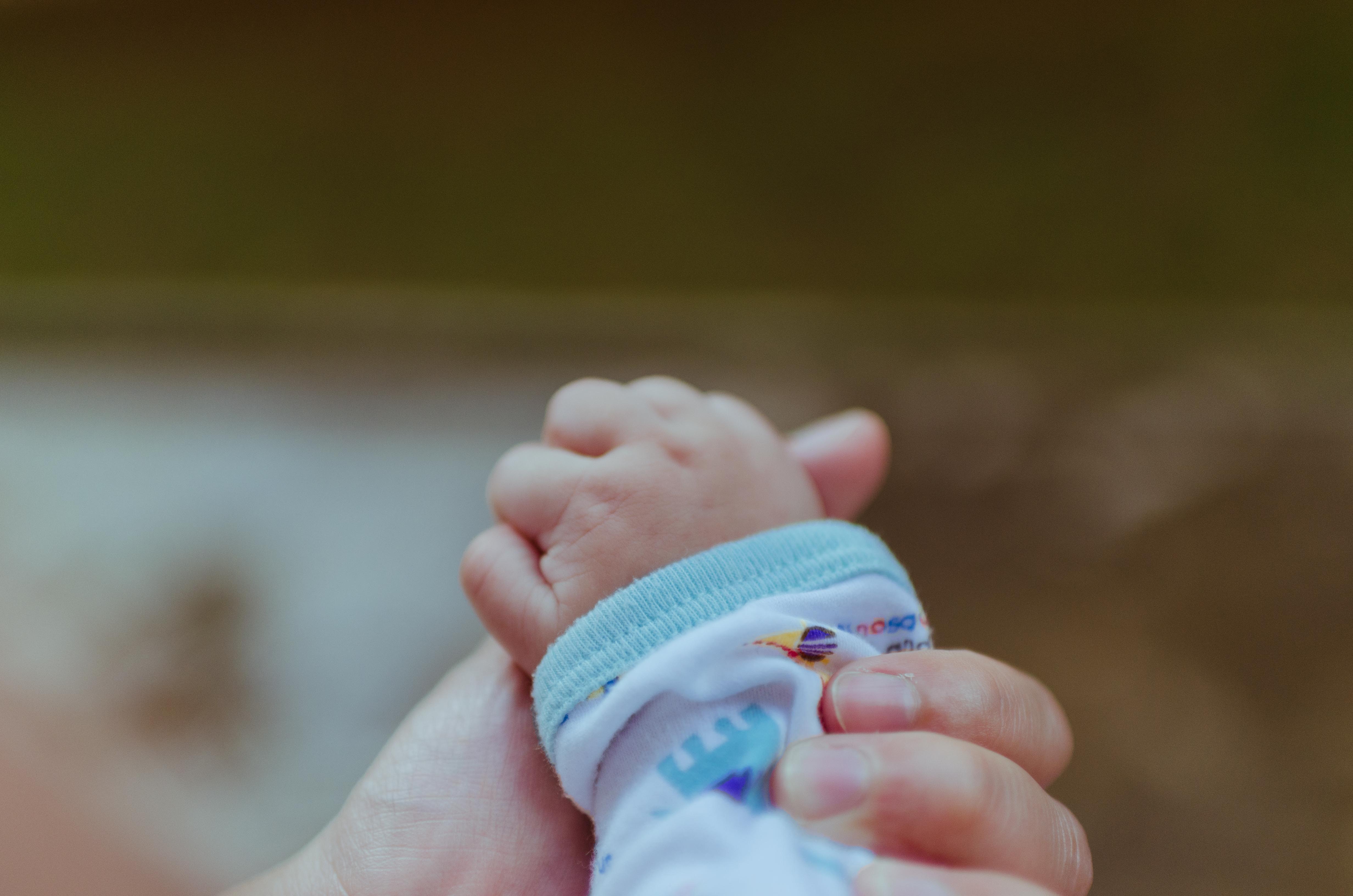Media release
From:
CLINICAL COURSE OF 2020 COVID-19 IN CHILDREN WAS MILD
EMBARGOED UNTIL 12:01am Monday 16 August 2021
THE clinical course for most SARS-CoV-2 positive children who presented to Australian hospitals between February and September of 2020 was mild, and did not require medical intervention, according to research published in the Medical Journal of Australia.
Dr Laila Ibrahim, a paediatrician and Clinician-Scientist Fellow at Murdoch Children’s Research Institute, and colleagues, analysed data from 16 hospitals in the Paediatric Research in Emergency Departments International Collaborative network – 11 in Victoria and five in four other states – looking at children aged 0‒17 years who presented to hospital-based COVID-19 testing clinics, hospital wards, and emergency departments and who tested positive for SARS-CoV-2.
“A total of 393 SARS-CoV-2-positive children (181 girls, 46%) presented to the participating hospitals (426 presentations, including 131 to emergency departments [31%]), the first on 3 February 2020,” Ibrahim and colleagues reported.
“Thirty-three children presented more than once (8%), including two who were transferred to participating tertiary centres (0.5%). The median age of the children was 5.3 years. Hospital admissions followed 51 of 426 presentations (12%; 44 children), including 17 patients who were managed remotely by hospital in the home.
“Only 16 of the 426 presentations led to hospital medical interventions (4%). Two children (0.5%) were diagnosed with the paediatric inflammatory multisystem syndrome temporally associated with SARS-CoV-2 (PIMS-TS).”
The authors wrote that their results highlighted the “stark difference” in COVID-19 burden during February-September 2020, with the 11 Victorian hospitals reporting 399 cases, while the five hospitals in other states reported fewer than 10 cases each.
“Our data also indicate that children with SARS-CoV-2 infections present with symptoms similar to those of other common viral illnesses in children,” Ibrahim and colleagues wrote.
“There were few differences between the characteristics of hospitalised and non-hospitalised children, and many may have been admitted as a precautionary measure.”
The authors suggested that health services which could remotely monitor COVID-19 positive children could avert repeated emergency department visits and associated risks.
“Ambulatory monitoring or hospital in the home may be effective as strategies for reducing the numbers of presentations and admissions to hospital by children with COVID-19,” they concluded.
“Infants who present with non-specific lethargy should be flagged for testing for SARS-CoV-2.
“Given the increased transmissibility of newer SARS-CoV-2 variants, including the Delta (B.1.617.2) variant now circulating in Australia, and our finding that 31% of presentations by SARS-CoV-2-positive children were to emergency departments, continuing vigilance with regard to infection prevention is critical.”
All MJA media releases are open access and can be found at: https://www.mja.com.au/journal/media
Please remember to credit The MJA.



 Australia; NSW; VIC; QLD; WA
Australia; NSW; VIC; QLD; WA



